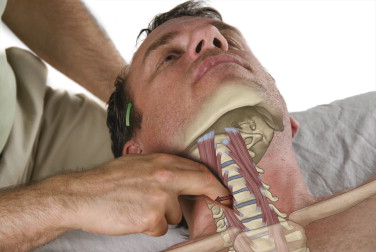Instrument-assisted soft-tissue mobilization for Protecting Therapist’s Hands
A recent review published in the journal Cureus highlighted the use of Instrument-Assisted Soft-Tissue Mobilization for Manual Medicine for the protection of the clinician’s hands.
Instrument-assisted soft-tissue mobilization (IASTM) is a manual medicine technique that uses hard material instruments to apply pressure and generate vibrations to improve the healing process and musculoskeletal performance of myofascial tissue. IASTM was first introduced by James Cyriax and has been shown to be effective in reducing pain and improving function in chronic and acute musculoskeletal pathologies.
The historical use of therapeutic instruments dates back to Greek and Roman antiquity and traditional Chinese medicine. The tools were used to scrape or squeeze the skin to accelerate blood flow and deliver oxygen to soft tissues. Today’s IASTMs draw on these principles and techniques, such as fascial abrasion, sound-assisted soft-tissue mobilization, and increased soft-tissue mobilization. The surface of the instrument that comes into contact with the affected area minimizes the force applied by the clinician and maximizes the amount of force exerted on the soft tissues.
Excessive tension and lack of rest can cause soft-tissue injuries such as fibrosis, adhesions, and scar tissue, leading to limited perfusion, inhibited tissue regeneration, and increased risk of re-injury. IASTM can facilitate and improve blood perfusion, promoting the reduction of symptoms related to the presence of scars and fibrosis, and stimulate the proliferation of fibroblasts, aiding in the healing process. Studies on animals and humans have confirmed the positive effects of IASTM, such as improving perfusion and vascularity and reducing pain in inflamed myofascial tissue, thus improving motor function.
The use of IASTM to improve musculoskeletal dysfunctions can protect the clinician’s hand joints and improve functional parameters for the patient. Recent studies have shown that sufficient force can be applied through the use of IASTM, allowing the operator to save the use of hand joints.
IASTM provides a mechanical advantage to the clinician’s hand and allows them to apply less force while maintaining the same application force, resulting in less compression at the trapezius-metacarpal joint of the clinician. This means less neuromotor fatigue in hand and fewer findings of injury to the clinician’s musculoskeletal system. IASTM can also help clinicians identify denser and more painful areas, which are signs of tissue suffering. Using IASTM can help clinicians who suffer from arthrosis of the trapezius-metacarpal joint continue to work with patients, reducing time off work.

